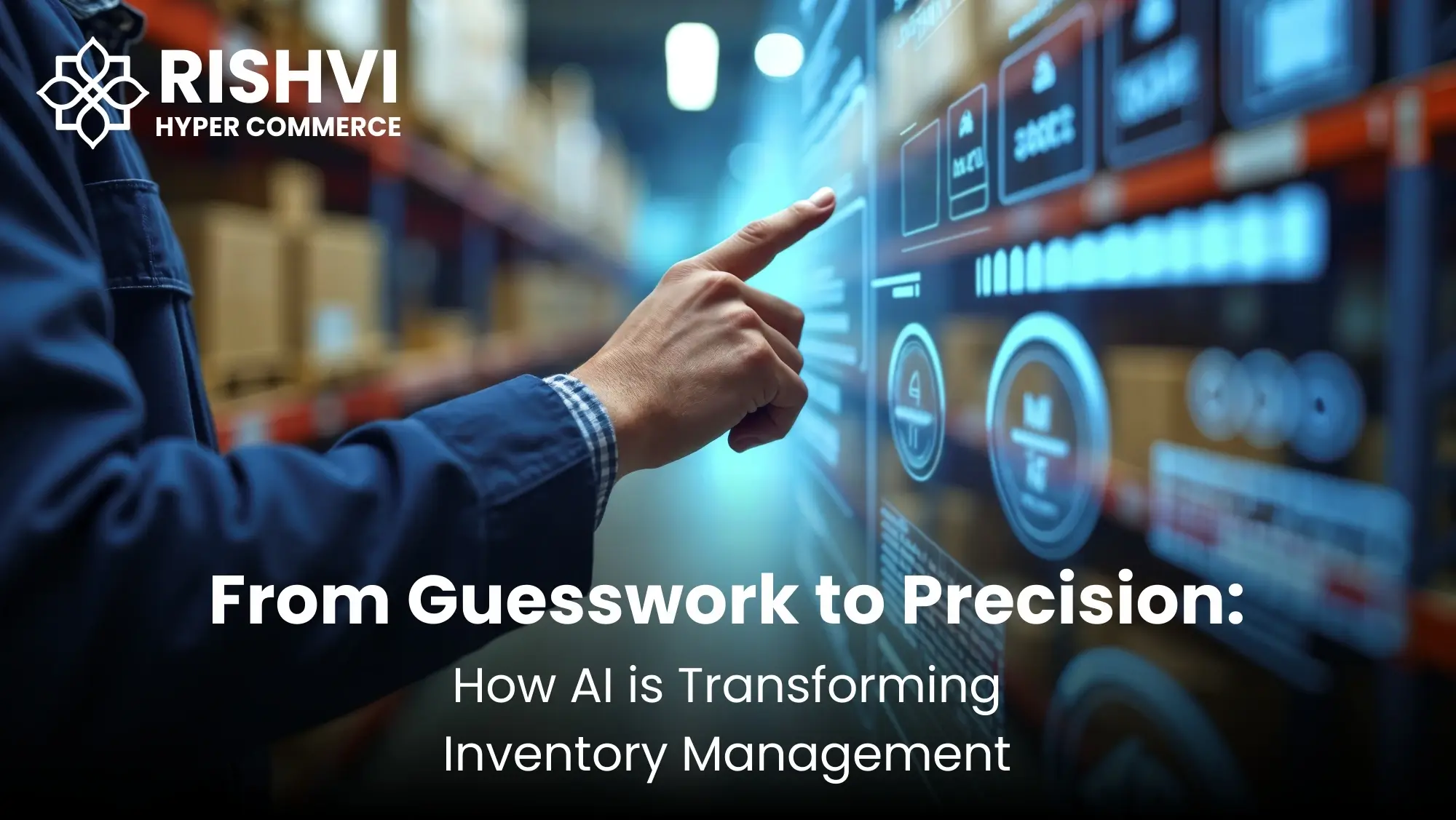
In 2025, Artificial Intelligence (AI) has completely rewritten that story. AI has taken inventory management from a reactive, error-prone process to a proactive, data-driven strategy that predicts demand, automates decision-making, and optimizes every step of the supply chain.
Why AI Is Changing the Game in Inventory Management
Traditional inventory systems could track stock and report past sales, but they lacked the ability to forecast future needs. This made it hard to prepare for sudden spikes in demand or supply chain disruptions.
AI eliminates these challenges by:
- Analyzing historical, real-time, and external market data
- Identifying demand patterns and sales trends invisible to human analysis
- Predicting exactly when and how much stock will be needed
The result is precise inventory control that keeps products available, customers happy, and costs under control.
Key Ways AI Is Transforming Inventory Management
1. Precision Demand Forecasting
AI systems evaluate sales history, seasonal patterns, consumer behavior, and even external factors like weather or economic trends to generate highly accurate forecasts. This means businesses order the right products, in the right quantities, at the right time.
2. Real-Time Inventory Visibility
AI-powered sensors and IoT devices give instant updates on stock levels across warehouses, stores, and online channels. This ensures businesses know exactly what they have and where it is, reducing errors and improving order accuracy.
3. Automated Reordering
When stock reaches a certain threshold, AI can automatically trigger a purchase order — eliminating delays and reducing the risk of stockouts.
4. Reduced Overstock and Waste
By predicting demand more precisely, AI helps avoid excessive stock that ties up working capital and risks becoming unsellable.
5. Fast Adaptation to Market Changes
AI systems continuously learn from new data, adjusting forecasts and strategies to respond to shifting market trends or supply chain issues.
The Benefits of AI in Inventory Management
- Lower Operational Costs: Less waste, fewer last-minute orders, and better warehouse utilization.
- Improved Customer Experience: Accurate stock levels mean faster order fulfillment and fewer “out of stock” situations.
- Stronger Cash Flow: Lean inventory management frees up money for other investments.
- Scalable Operations: AI makes it easier to manage complex product ranges and multiple storage locations.
How Businesses Can Start Using AI for Inventory Management
If you’re ready to move from guesswork to precision, here’s how to begin:
- Adopt an AI-enabled inventory management system that integrates with your sales channels and suppliers.
- Connect multiple data sources so AI can analyze the full supply chain picture.
- Start with demand forecasting, then expand to automation and optimization features.
- Continuously review AI-generated insights to fine-tune your strategy.
Conclusion
In 2025, AI isn’t just a helpful tool for inventory management — it’s a competitive necessity. Businesses that harness AI for predictive analytics, real-time visibility, and automated decision-making can cut costs, improve customer satisfaction, and scale faster than their competitors.
By replacing guesswork with precision, AI ensures your inventory works for you — not against you. Connect for more!


